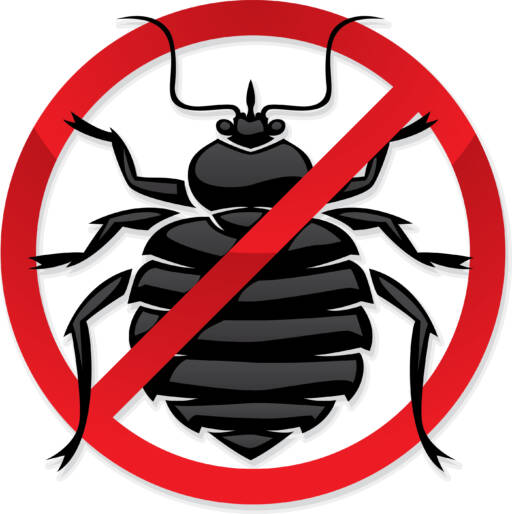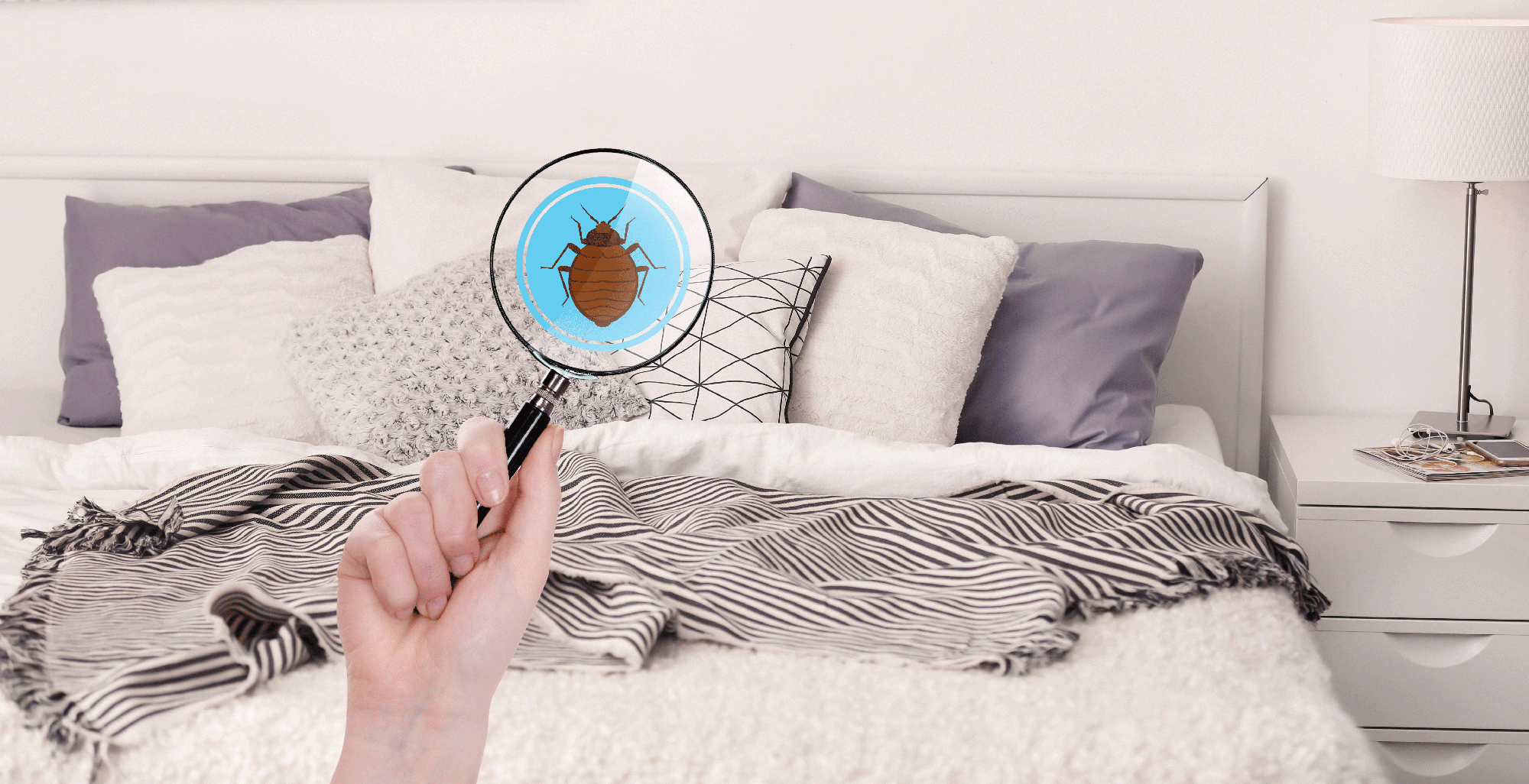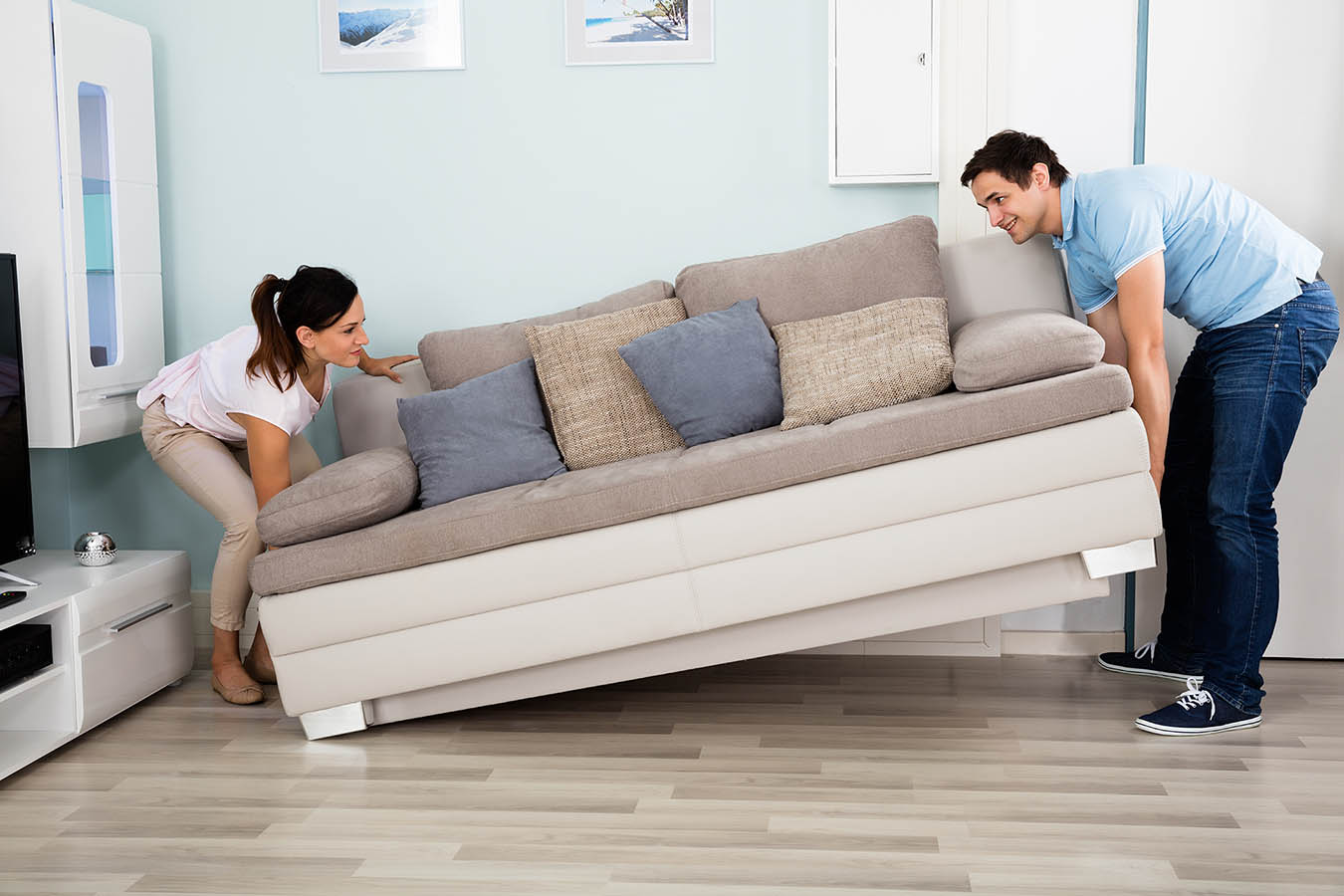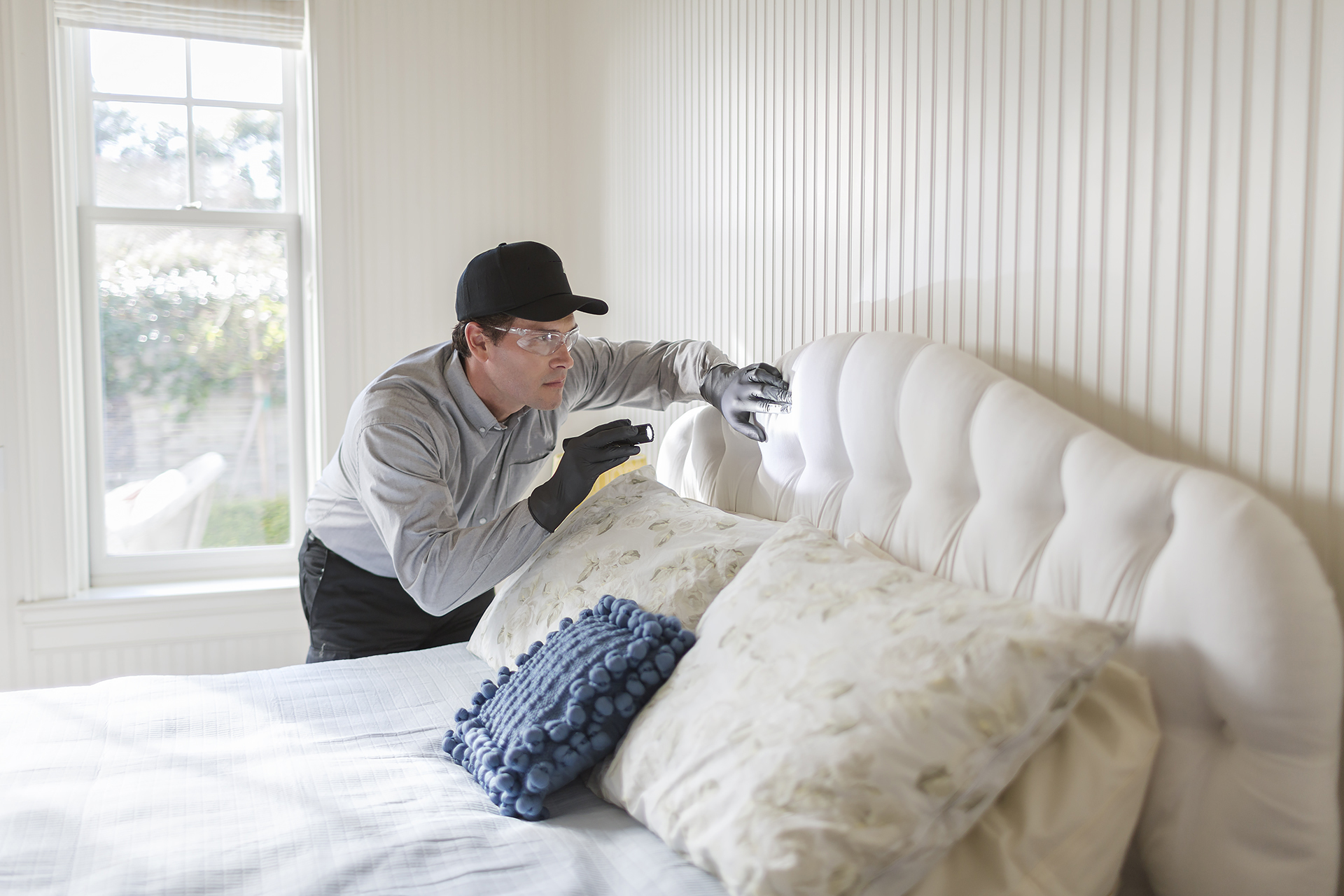Bed bug bites
What do bed bug bites look like and how can you initially be totally sure that the bites in question didn’t come from another source, like fleas or spiders? Bed bugs bites are often mistaken for other insect bites and rashes. Compared to other insect bites, bed bug bites usually form a linear or circular pattern on the exposed areas of the skin when sleeping such as legs, arms, neck, hand and face. Other insect bites such as mosquito and flea bites usually come in random. However, flea bites are usually seen on the ankles, wrists and behind the knees. Spider and mosquito bites are larger in size compared to bed bug bites and they swell quickly compared to the latter.

Bedbug bites vary dramatically between individuals. Some people do not respond at the start of an infestation and it may take many bites to get a response. Some people never get a bite response. If you wait till you get bites the problem may already be more advanced than you would care to imagine.
Bed bugs will not bite through materials so covering up will help avoid bites although exposed limbs and face may become an easy target. Experts believed that multiple bites in a pattern are caused by a disturbance in the feeding sequence of the insect. This happens when the victim moves or rolls over when the insect is sucking blood. It can also mean that the neigh-boring veins were easily accessed by the bed bugs. Studies show that bed bugs are attracted to carbon dioxide and body heat which makes humans their most susceptible victims.

When bed bug bites, they release an anti-coagulant to prevent an interruption in the body’s natural essence. The bugs also release anesthesia that numbs the skin when they suck blood from it. In just 3-5 minutes, bed bugs can already acquire their full meal. Bed bug bites are usually raised welts or small flat bites that can bring extreme redness and itchiness to the skin. However, there are bed bug bites that appear whitish or pinkish in color. It is important NOT to scratch the bites. They will fade and pass unless you scratch and damage the skin in which case secondary infection is common.
Treatment for bed bug bites: One of the best ways to treat bed bug bites is to wash it in running lukewarm water for at least a minute using an antibacterial soap. A popular treatment for bed bug bites is baking soda and water formed into a paste, that you then smear on the bites and let dry. Instructions are below. 1) Make sure to wash the bed bug bites with soap and water. 2) Make a thick, sticky paste with the water and baking soda, just thick enough that it will stay without running all over the place. 3) Let the paste stand until completely dry and then wait an hour or so. Some let it stand for hours while others find that an hour or less is fine, so it’s totally up to you. The longer the better, right? 4) Gently wash the paste off and pat dry with a clean towel.
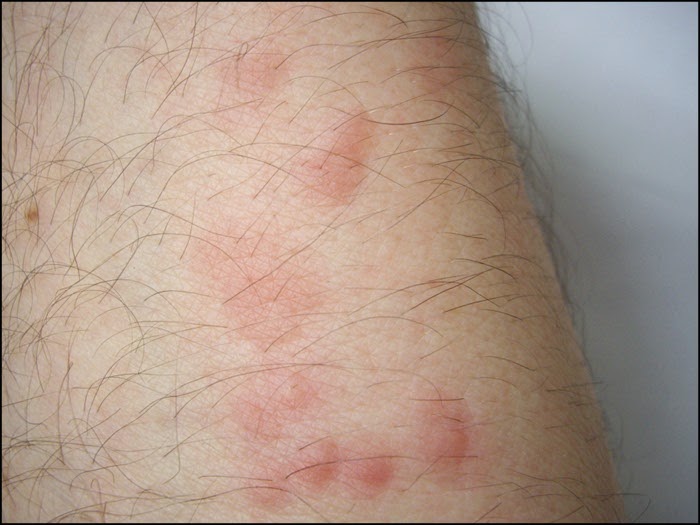
Many find this a soothing relief, but if you don’t treat the root problem, then you will keep receiving the bites and the cycle will just keep on repeating. There are other natural remedies for treating bed bug bites, and they are mostly topical; St John’s Wort, Witch Hazel, and even lemon juice work effectively to relieve the desire to itch. Do bed bug bites always itch? No, but many do, and scratching and itching them will only make matters worse. How to treat bed bugs bites using Over The Counter medication (OTC). Using an antiseptic or antihistamine cream will help but you should always consult a medical professional.
Cortisone cream to stop the itching -Calamine lotion -Just about any topical anesthetic containing pramoxine -Hydrocortisone cream -Naproxen or Ibuprofen or a anti-histamine like Benadryl to help reduce swelling -Light paste of aspirin and water like you would with baking soda and water
Click here to view pictures of bed bugs.
Call: 250-730-1854
